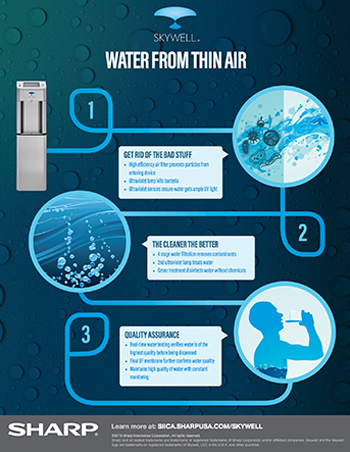The Ultimate Guide To Recognizing Heat Pumps - How Do They Function?
The Ultimate Guide To Recognizing Heat Pumps - How Do They Function?
Blog Article
Material Author-Steenberg Singer
The very best heat pumps can save you significant amounts of money on power bills. They can likewise help reduce greenhouse gas exhausts, specifically if you use electrical energy in place of nonrenewable fuel sources like gas and heating oil or electric-resistance heaters.
Heatpump work very much the like ac system do. This makes them a practical option to traditional electrical home heater.
Exactly how They Function
Heatpump cool down homes in the summertime and, with a little aid from electrical power or natural gas, they supply several of your home's heating in the winter. They're a great alternative for people who want to reduce their use fossil fuels but aren't prepared to change their existing furnace and cooling system.
They rely on the physical reality that even in air that seems also cool, there's still power present: warm air is constantly relocating, and it intends to relocate right into cooler, lower-pressure environments like your home.
The majority of power celebrity licensed heat pumps operate at close to their heating or cooling ability throughout most of the year, decreasing on/off biking and saving energy. For mouse click the next article , focus on systems with a high SEER and HSPF ranking.
The Compressor
The heart of the heatpump is the compressor, which is likewise referred to as an air compressor. https://pix11.com/news/reopening-schools/crews-inspect-nyc-school-ventilation-systems-amid-worries-about-poor-air-circulation/ moving device makes use of prospective power from power creation to raise the stress of a gas by decreasing its volume. It is different from a pump because it just services gases and can not deal with fluids, as pumps do.
Atmospheric air goes into the compressor with an inlet shutoff. It circumnavigates vane-mounted arms with self-adjusting length that divide the inside of the compressor, developing multiple dental caries of differing dimension. The blades's spin pressures these tooth cavities to move in and out of phase with each other, compressing the air.
The compressor attracts the low-temperature, high-pressure cooling agent vapor from the evaporator and presses it right into the warm, pressurized state of a gas. This process is repeated as required to provide heating or air conditioning as required. The compressor also includes a desuperheater coil that recycles the waste warm and adds superheat to the cooling agent, changing it from its fluid to vapor state.
The Evaporator
The evaporator in heatpump does the exact same point as it performs in refrigerators and ac system, changing fluid refrigerant into a gaseous vapor that eliminates warmth from the room. Heat pump systems would certainly not function without this crucial piece of equipment.
This part of the system is located inside your home or building in an indoor air handler, which can be either a ducted or ductless system. It consists of an evaporator coil and the compressor that presses the low-pressure vapor from the evaporator to high pressure gas.
Heatpump absorb ambient warmth from the air, and afterwards make use of electricity to move that warmth to a home or organization in home heating setting. That makes them a great deal much more power effective than electrical heating units or heaters, and due to the fact that they're utilizing clean electricity from the grid (and not melting gas), they additionally produce much less exhausts. That's why heatpump are such wonderful ecological options. (And also a big reason why they're becoming so popular.).
The Thermostat.
Heatpump are fantastic choices for homes in chilly climates, and you can utilize them in mix with standard duct-based systems or perhaps go ductless. They're an excellent alternative to fossil fuel heating systems or typical electrical heaters, and they're a lot more lasting than oil, gas or nuclear heating and cooling equipment.
Your thermostat is the most essential element of your heatpump system, and it works really in different ways than a standard thermostat. All mechanical thermostats (all non-electronic ones) work by using materials that alter dimension with enhancing temperature level, like coiled bimetallic strips or the increasing wax in a cars and truck radiator shutoff.
These strips contain two various sorts of metal, and they're bolted together to develop a bridge that completes an electric circuit connected to your HVAC system. As the strip obtains warmer, one side of the bridge expands faster than the various other, which causes it to flex and signal that the heater is needed. When the heat pump is in heating setting, the turning around valve reverses the flow of refrigerant, to make sure that the outdoors coil now functions as an evaporator and the indoor cylinder ends up being a condenser.